Children from the village of Querença created games and a video that introduced the anthropologist Manuel Viegas Guerreiro, born there in 1912, to the generations of the XNUMXst century. The project is called “Antropologia do Amazement” and is presented in June, on World Children's Day.
The legacy of Manuel Viegas Guerreiro, the history of collaborations between the various partnerships involved and the clay of Querença allowed the creation, through art, of a set of educational resources around the life, thought and studies of the ethnologist, anthropologist and XNUMXth century educator.
«The educational resources germinated in Querença have their genesis in the thinking of a man who listens, a singular figure and of the world. Universalist, profoundly humanist and whose values, we believe, can be worked on from a very early age, with the younger generations, from their native village, Querença», stresses Marinela Malveiro, from the Manuel Viegas Guerreiro Foundation (FMVG).
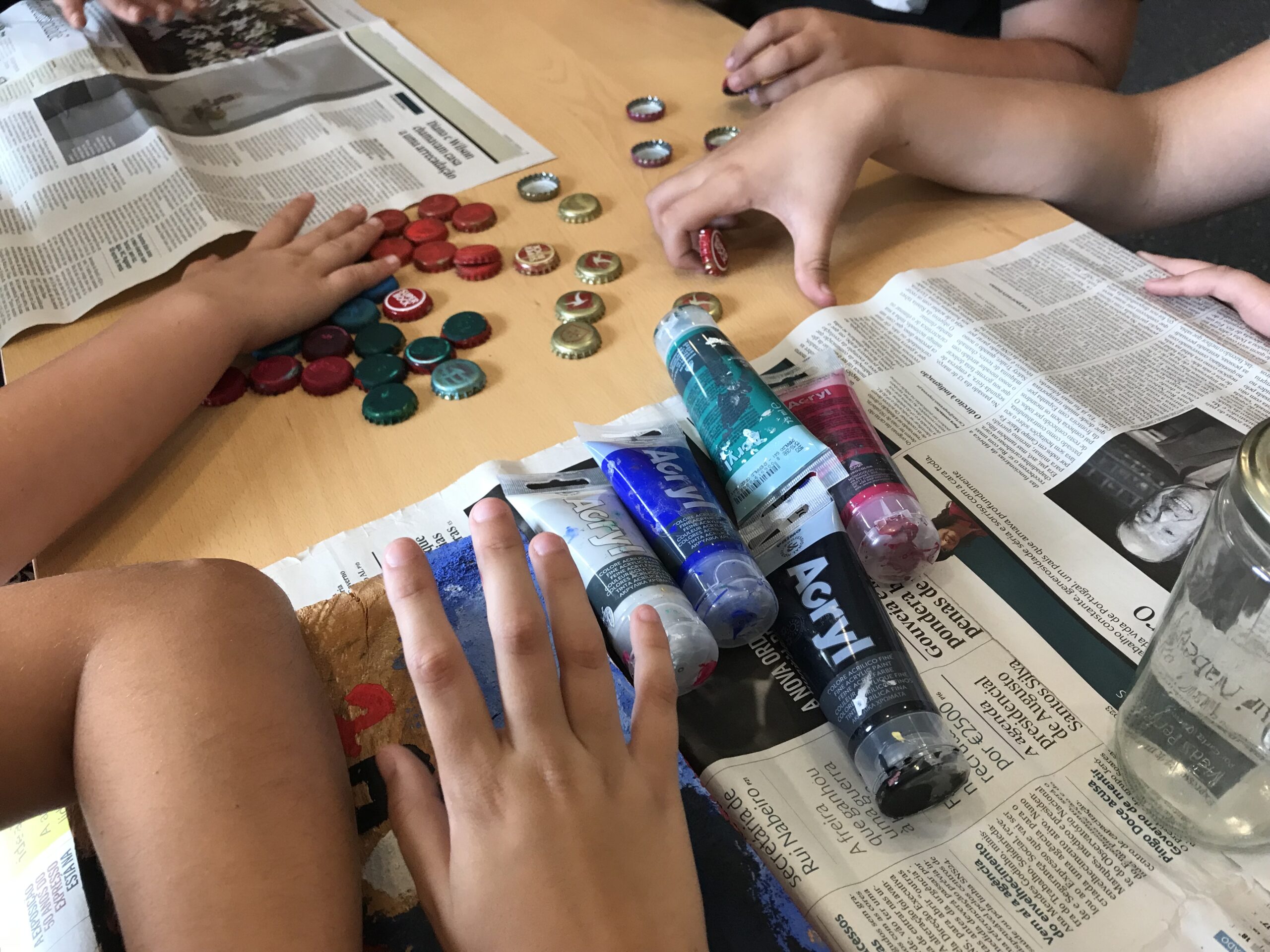
With children in mind, FMVG has teamed up with the Loulé City Council and the Ao Luar Teatro association, which develop with the local school community, respectively, the multisensory project “We See, We Listen and We Read” (since 2019, from the Fundação ) and “Quarto Wanguante”, in partnership with the União de Freguesias de Querença, Tôr and Benafim (since 2016).
Together, the three entities decided to create the project “Antropologia do Amazement”, inscribed in the I Bienal Cultura e Educação, “Retrovisor: uma história do futuro”, promoted by the National Arts Plan (available here).
In the process of implementing “Antropologia do Amazement”, the students have been made aware, throughout this school year, of the values of the eminent anthropologist: «They celebrated the centenary of his birth and outlined his biographical script, from childhood in Querença to 30 years old. They came into contact with the intellectual richness of this man of knowledge, exploring his personal library and a photographic exhibition on the koïsan, existing in the Foundation's archives», says Maria Mackaaij, librarian at the Municipality of Loulé.
From this sensitization, the children played several games, among them, the botica game and the rooster game. This is a component of the project that has been implemented by the association Ao Luar Teatro. Célia Martins explains: «Through the areas of artistic, plastic and physical-motor expression, games awaken Manuel Viegas Guerreiro to mutual help and intergenerational exchanges. All of this happens in moments of play and sharing».
The project has awakened children to the importance of the local cultural and intangible heritage, exploring proverbs, riddles, rhymes, tongue twisters and lengalenges. A 4×3 meter canvas floor game, similar to the Jogo da Glória, relates this heritage based on the Makonde tale collected by Manuel Viegas Guerreiro in northern Mozambique: “The snail and the gazelle”.
It crosses games, traditions and the legacy of Manuel Viegas Guerreiro. One of the game houses, for example, invites you to listen to Makonde songs, by Makonde children, based on the sound collection of Manuel Viegas Guerreiro, housed in Querença.
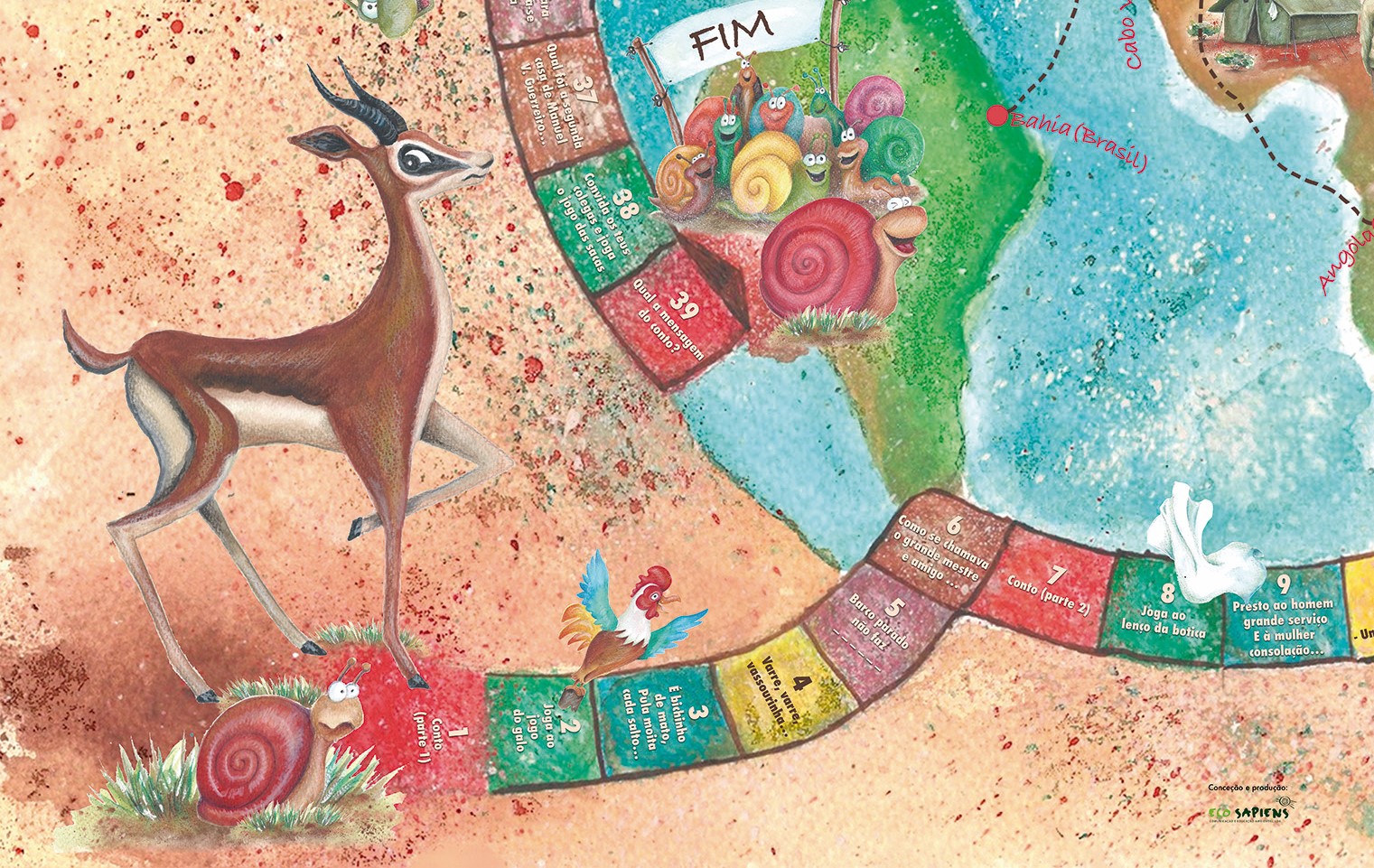
The “floor board”, where the game takes place, with illustrations in watercolor, highlights the multiculturalism, inclusion, mutual help, the places where the anthropologist developed research in the world, mirroring photographs of animals, accommodation and people captured by him . It also includes some of his collections, such as the riddles on the cards, recorded in “Adivinhas Portuguesas”, a 1957 book with oral heritage from Querença.
In the dynamics of the game, children are challenged to use their physicality to jump on burlap sacks or go around the outer space of the Foundation in order to find the answers to the cards that the game also includes, remembering the words of Viegas Guerreiro «Life is permanent activity, rest is nothing more than an illusion», in the book “Os Macondes de Moçambique” (Junta de Investigação do Ultramar, 1966).
The multidisciplinary, creative and integrative project of the Querença community includes a video (which will be shown on the 1st of June) with interviews carried out by children of the 1st cycle of Querença with several people from the village, who met Manuel Viegas Guerreiro still in life.
Games and workshops await the students of the basic education schools of Querença, Tôr and Benafim, from the Padre João Coelho Cabanita group. The association Ao Luar Teatro will bring the children's animation “Bichos do mato”, for pre-school children.
The program takes place between 9:30 am, with the arrival of the children, and 11:00 am, when they return to their original schools. The presentation is open to the general public.
Manuel Viegas Guerreiro always fought for the preservation of memory, for the recording of traditions, having created the discipline of Traditional Oral Literature at the Faculty of Letters of the University of Lisbon, where he was Full Professor.
In that same location, in partnership with the History Center of the University of Lisbon, the FMVG recently inaugurated the traveling exhibition «Boers de Angola, 1957», organized by researcher Luísa Martins.
The exhibition is complemented by the exhibition of a set of video and audio equipment by Viegas Guerreiro. Free access, open to the public until the 9th of June.
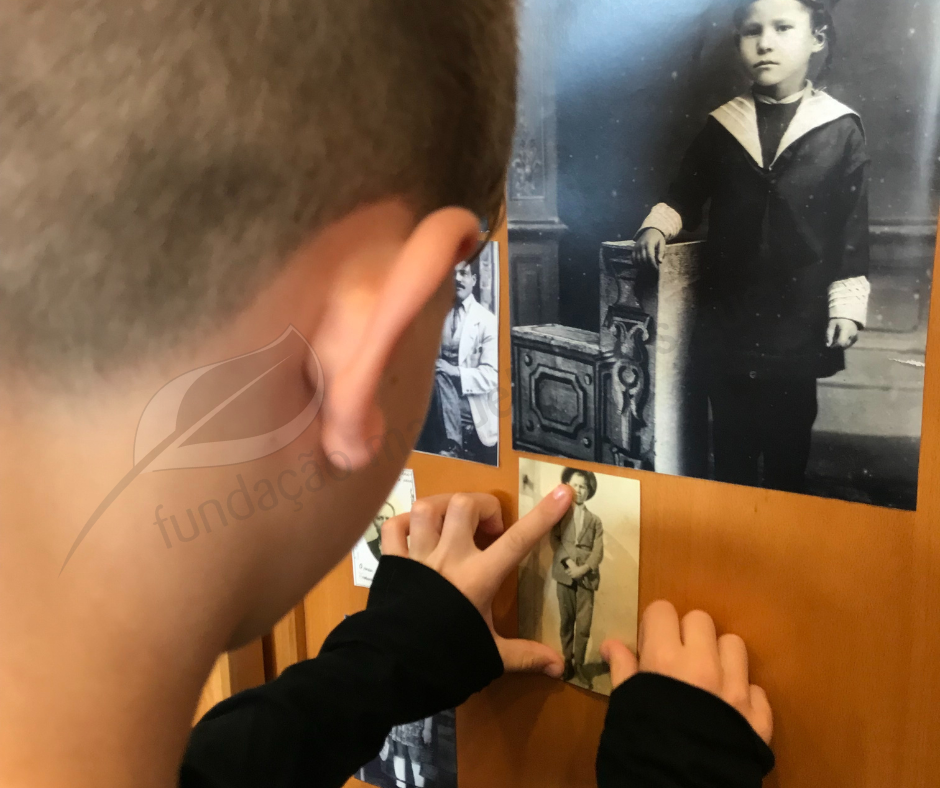
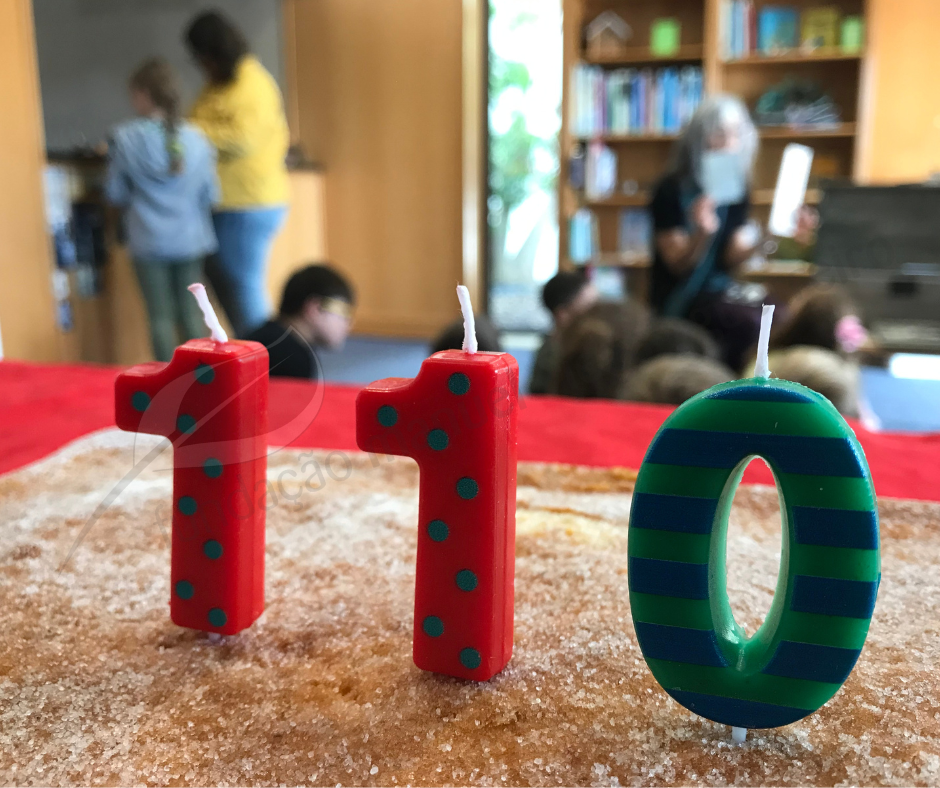
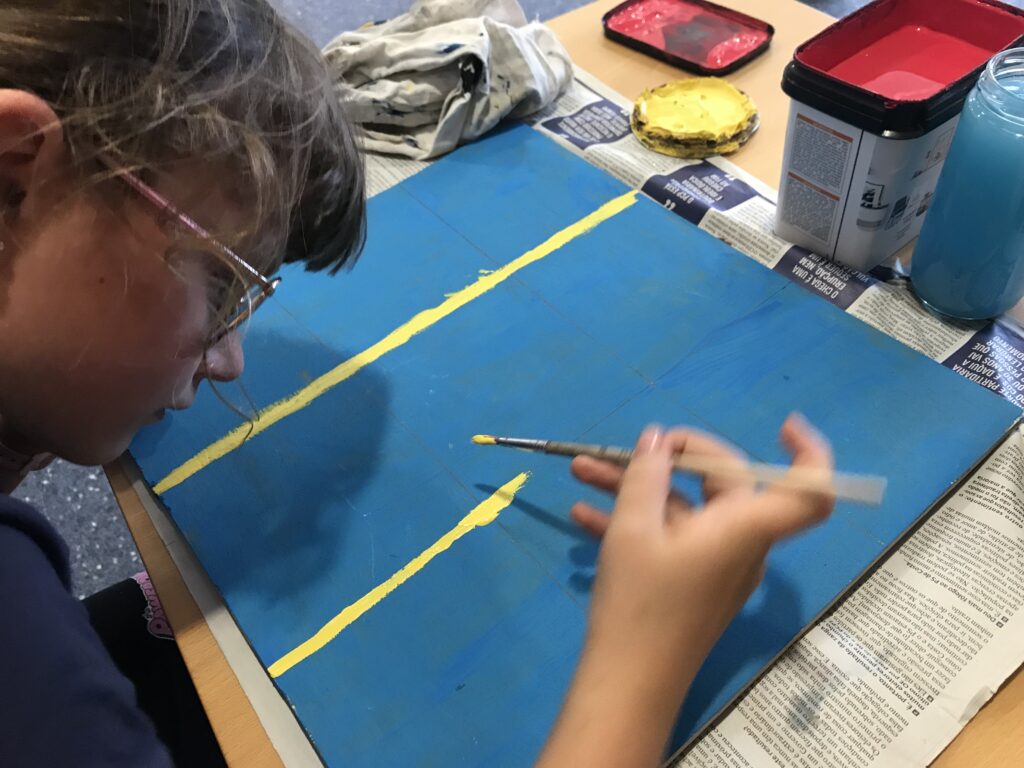
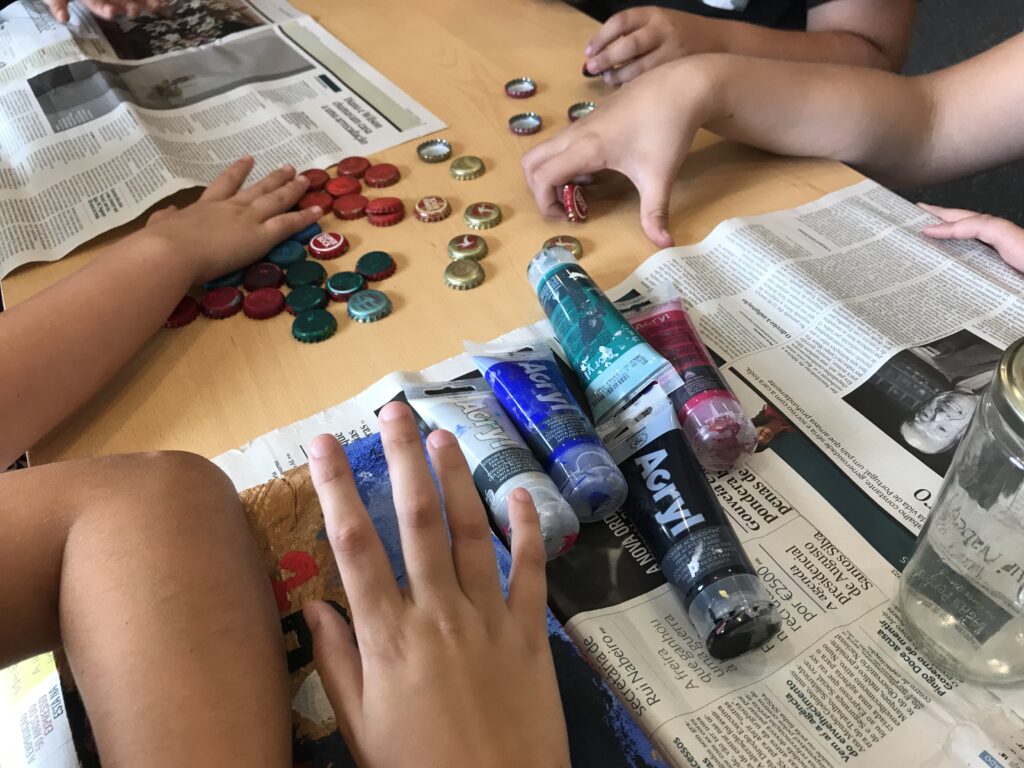
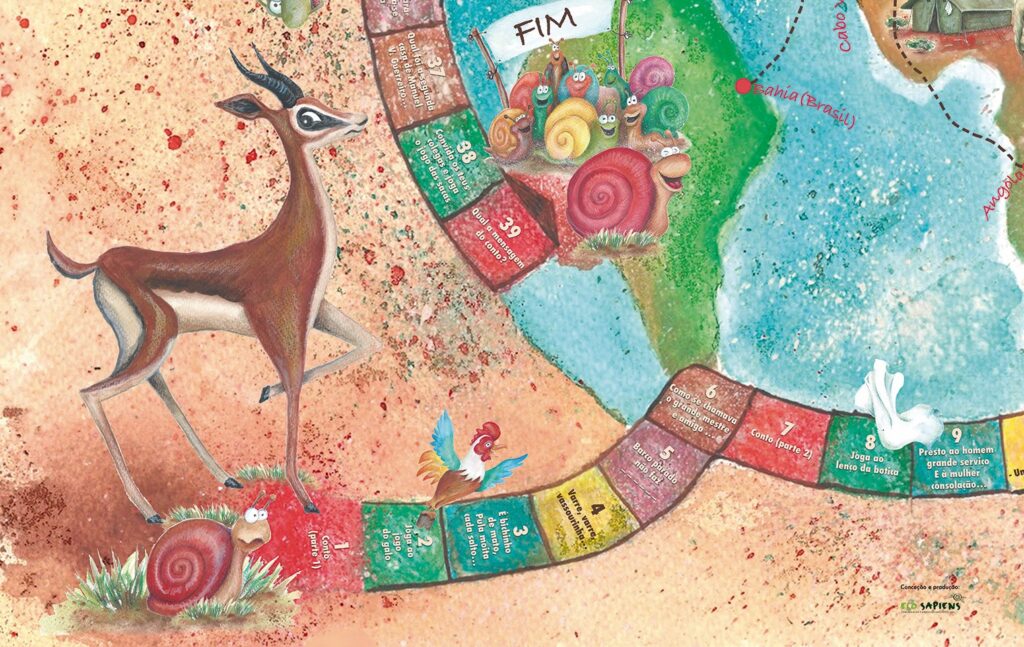
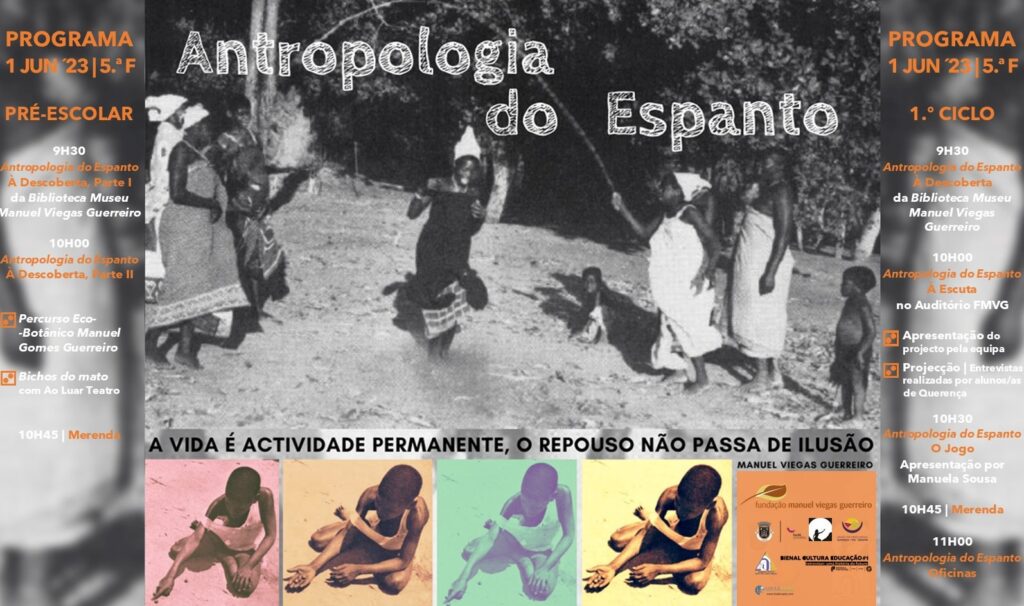
















Comments